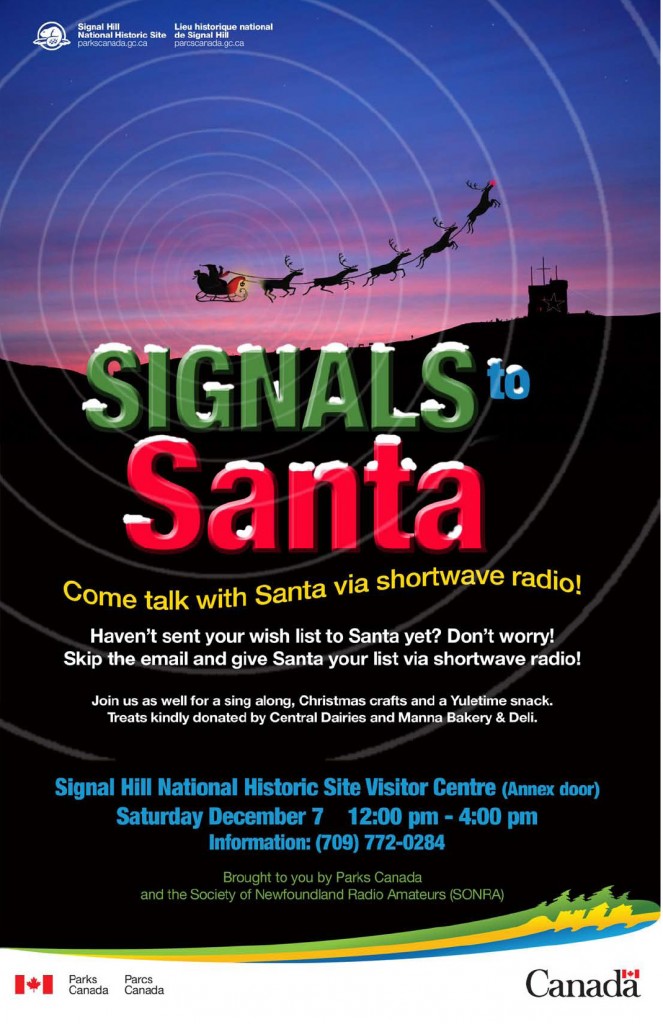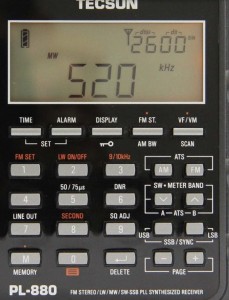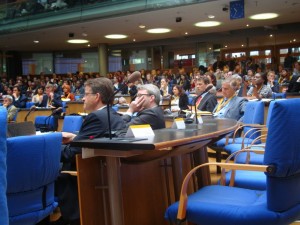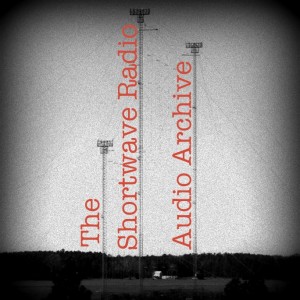If you live in Newfoundland, Canada, you might want to take part in the Signals To Santa event at the Signal Hill National Historic Site Visitor Centre, which is sponsored by Parks Canada and the Newfoundland Radio Amateurs (SONRA).
Many thanks to SWLing Post reader, Tom Ally, for the tip. Tom did some research to find the HF frequency of the event, so it could be monitored. The response from the event coordinators was 146.520 MHz. Not exactly shortwave (ahem, not even by a long shot!).
Still, I love the idea behind the event and think the Parks Canada poster is brilliant!
I believe an amateur radio club organizes a “talk to Santa” type on-the-air event each year. If anyone knows the frequency or details, please comment.








